- info@mountadventureholidays.com
- +977 - 9843746611
Nepal offers numerous opportunities for peak climbing, providing adventurers with a thrilling and challenging mountaineering experience. Peak climbing in Nepal typically refers to ascending peaks that are below 7,000 meters (22,965 feet) in elevation. Here are some key points to consider when planning a peak climbing adventure in Nepal:
Peak selection: Nepal boasts a wide range of peaks suitable for climbing, varying in difficulty and technical requirements. Some popular peaks for climbing include Island Peak (6,189 meters/20,305 feet), Mera Peak (6,476 meters/21,247 feet), Lobuche Peak (6,119 meters/20,075 feet), and Pisang Peak (6,091 meters/19,983 feet). Consider your climbing experience, fitness level, and preferences when choosing a peak.
Permits and regulations: Obtain the necessary permits and follow the regulations set by the Nepalese government and local authorities. You will need a climbing permit specific to the peak you intend to climb, along with trekking permits if the peak requires trekking through a restricted area. You’re Expedition Company or local authorities can guide you on the permit requirements.
Physical fitness and acclimatization: Peak climbing in Nepal requires good physical fitness and stamina. Engage in a training program that includes cardiovascular exercises, strength training, and endurance activities to prepare your body for the demanding climb. Additionally, plan for proper acclimatization by gradually ascending to higher altitudes before attempting the peak.
Hiring a guide or joining an expedition company: While it is possible to climb some peaks independently, it is highly recommended to hire an experienced guide or join a reputable expedition company. They provide guidance on climbing techniques, handle logistics, ensure safety, and offer local expertise. Guides can also enhance your overall experience with their knowledge of the mountains and culture.
Climbing seasons: The main climbing seasons in Nepal are spring (March to May) and autumn (September to November). These seasons generally offer more stable weather and better climbing conditions. However, some peaks can be climbed during the winter months as well. Consult with your guide or expedition company to determine the best season for your chosen peak.
Equipment and gear: Invest in high-quality mountaineering gear suitable for specific peak and climbing conditions. This includes clothing, mountaineering boots, crampons, ice axes, ropes, harnesses, helmets, tents, sleeping bags, and cooking equipment. Renting or purchasing equipment locally in Nepal is also an option.
Safety precautions: Safety should be a top priority during peak climbing. Follow the guidance of your guide and be aware of altitude sickness symptoms. Carry necessary medical supplies, have a solid understanding of rescue and evacuation procedures, and always stay updated on weather conditions and route conditions.
Environmental considerations: Practice responsible mountaineering and minimize your impact on the environment. Follow the principles of Leave No Trace, respect local customs and culture, and be mindful of waste management during your climb.
Peak climbing in Nepal offers an incredible opportunity to experience the beauty and grandeur of the Himalayas. However, it requires proper planning, preparation, and respect for the challenges that come with high-altitude mountaineering.
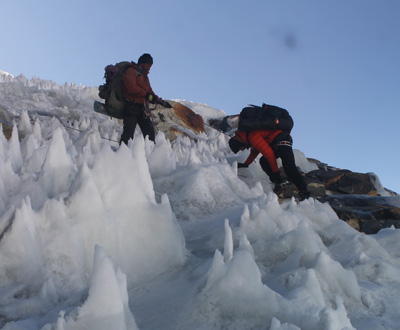
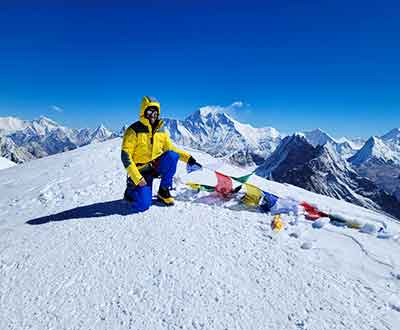
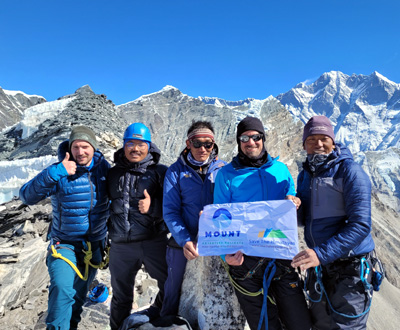
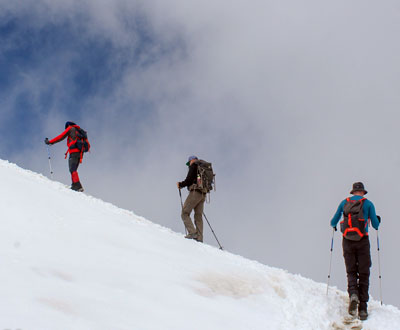
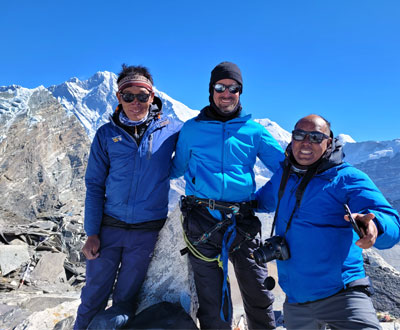
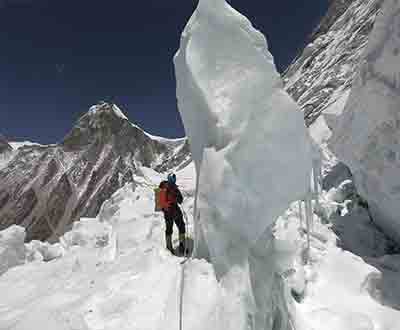
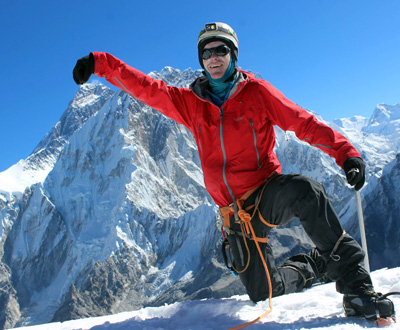
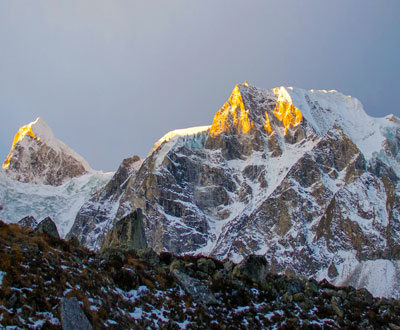
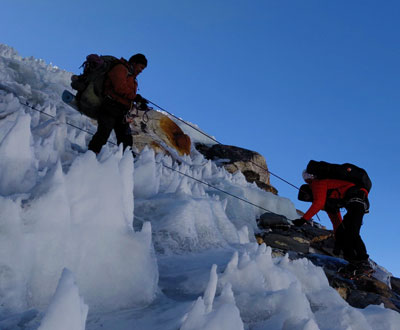
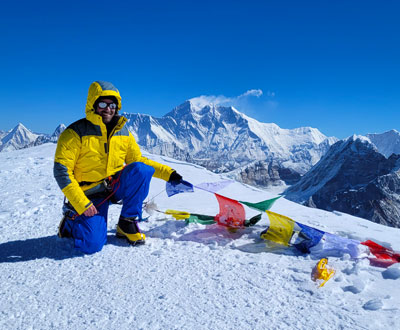
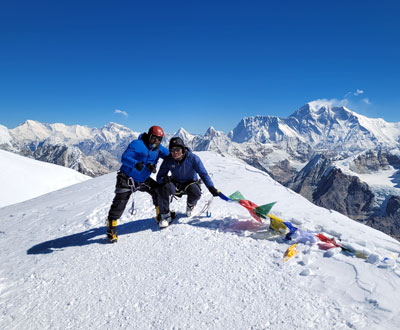
© Copyright 2025 Mount Adventure Holidays ,All rights reserved. | Developed by : Web Design In Nepal